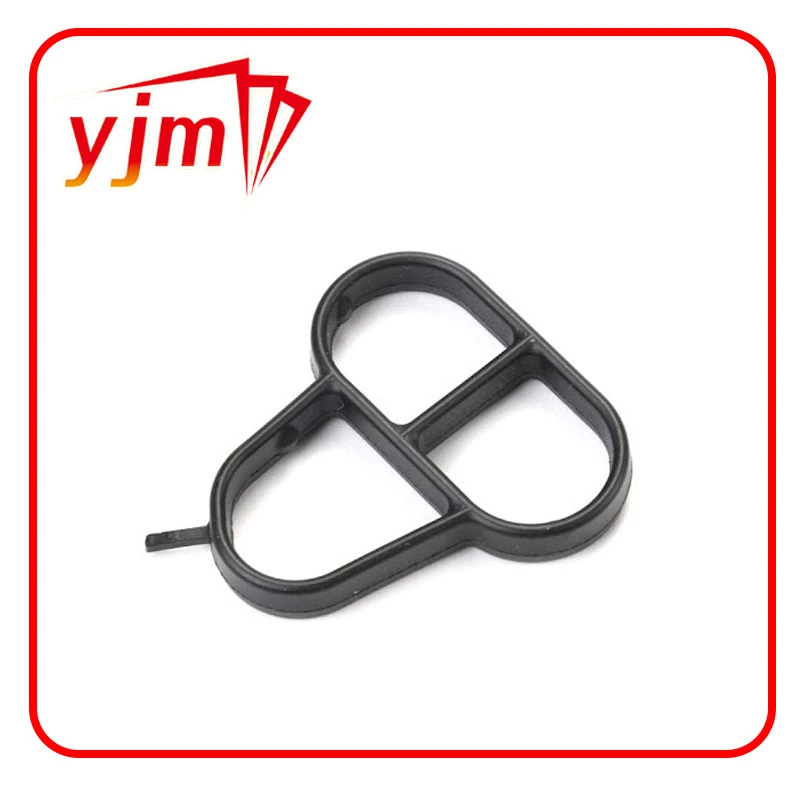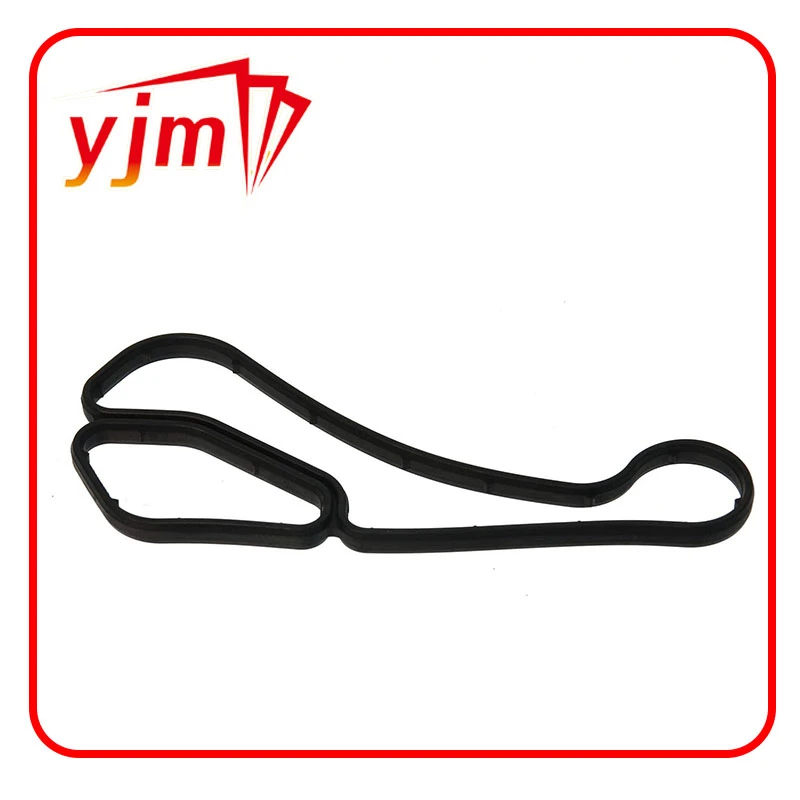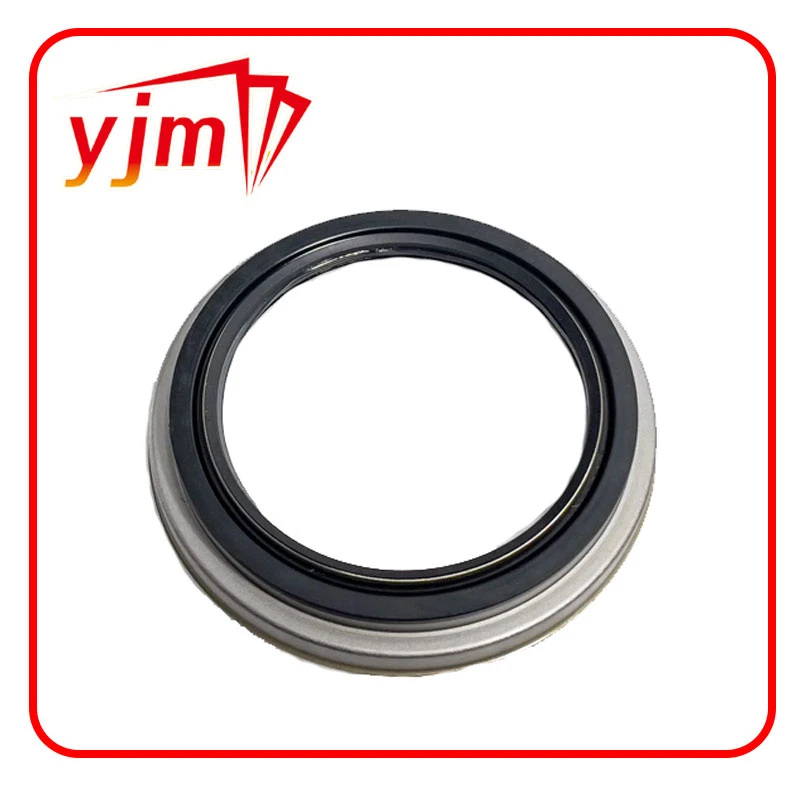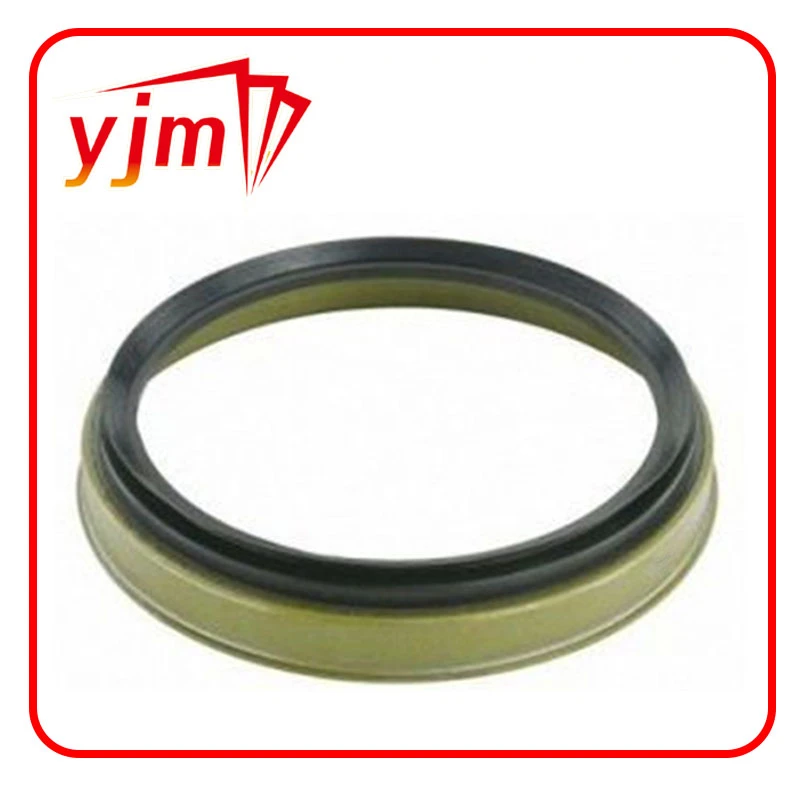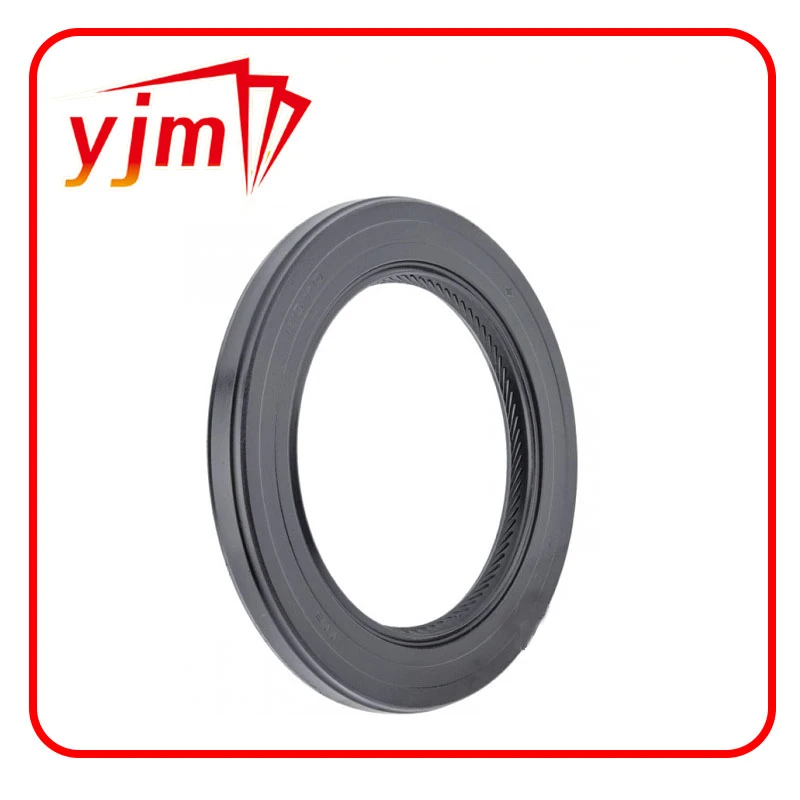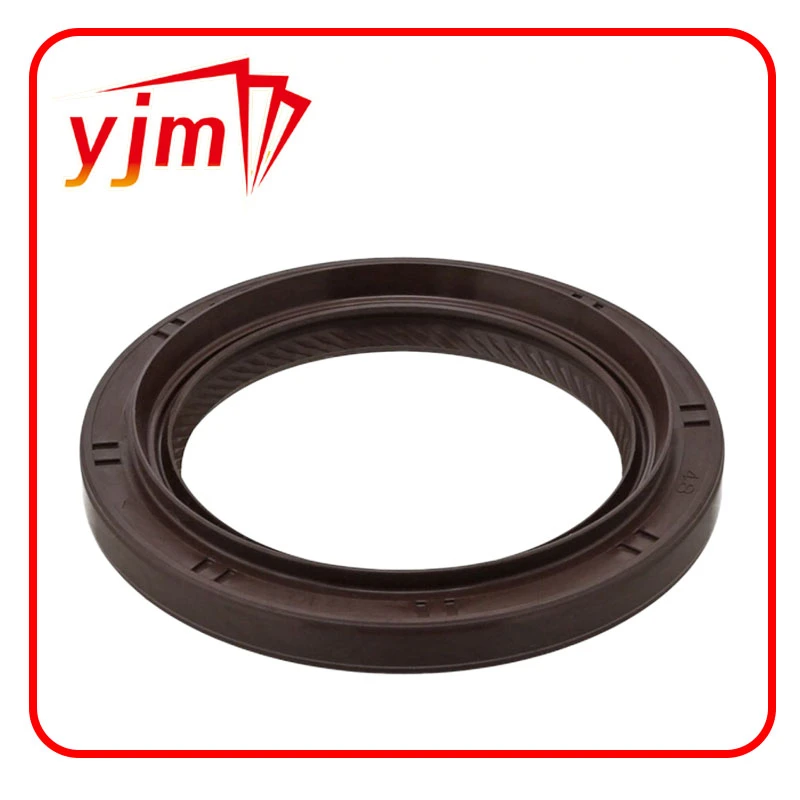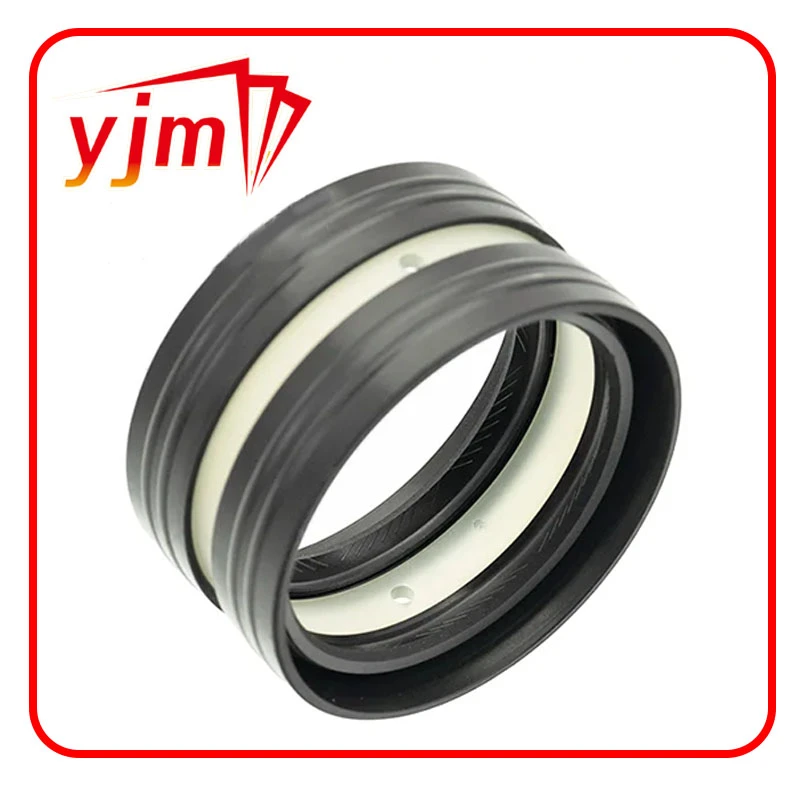High-Quality Oil Seal 30 52 10 – Durable, Reliable Industrial Sealing Solutions
Why Oil Seal 30 52 10 Matters in Today’s Industrial World
When it comes to the seemingly mundane world of machine parts, the oil seal 30 52 10 might just be the unsung hero most people overlook. But if you work in manufacturing, automotive repairs, or heavy equipment maintenance, you understand these small components pack a mighty punch in keeping machines running smoothly, reducing downtime, and preventing costly leaks.
Globally, industries are dealing with tighter regulations on waste and emissions. According to the International Organization for Standardization (ISO), efficient sealing solutions are a critical contributor to lowering lubricant leakages—a win for operations and the environment. Understanding the ins and outs of oil seals like the 30 52 10 isn’t just an engineering detail, but a business imperative.
Mini takeaway: Though tiny, oil seals like the 30 52 10 play crucial roles in environmental compliance and operational reliability worldwide.
What Exactly is an Oil Seal 30 52 10?
In plain English, an oil seal 30 52 10 is a precisely sized component used to prevent the escape of lubricants and block contaminants from entering machine parts—think of it as a tight 'gatekeeper' between stationary and moving parts.
The numbers 30 52 10 specify its dimensions:
- 30 mm inner diameter
- 52 mm outer diameter
- 10 mm width or thickness
This size fits quite a few standard shafts and assemblies, commonly appearing in automotive engines, industrial gearboxes, and pump assemblies.
In a humanitarian context, reliable oil seals can mean the difference between machinery working flawlessly for water pumps or generators in disaster zones — keeping aid flowing without interruption.
Key Features that Define Oil Seal 30 52 10
1. Durability
Many engineers swear by the durability of quality oil seals. These seals must withstand harsh environments, varying temperatures, and chemical exposure without degrading. The 30 52 10 typically uses nitrile rubber for flexibility and resilience, but Viton or silicone variants exist for aggressive conditions.
2. Precision Fit
An oil seal’s ability to snugly fit the rotating shaft is crucial. Loose fits mean leaks or premature wear. The 30 52 10’s standardized dimensions make it interchangeable, fostering ease of maintenance and inventory management.
3. Cost Efficiency
Given its widespread use, oil seal 30 52 10 offers a good balance of price and performance. Bulk manufacturing keeps costs reasonable while maintaining quality, especially for OEMs and aftermarket suppliers.
4. Versatility
Its application in a variety of industries—from agriculture machinery in South America to heavy-duty construction equipment in Asia—speaks volumes about the oil seal’s adaptability.
5. Environmental Safety
Preventing oil leaks also prevents soil contamination and reduces waste. That’s why more manufacturers look for seals that comply with ISO 14001 environmental management standards.
Mini takeaway: If you consider durability, fit, cost, versatility, and environmental impact, the oil seal 30 52 10 ticks a lot of boxes.
How the Oil Seal 30 52 10 Shapes Global Industries
This specific oil seal finds its way into hundreds of industries and regions, quietly powering machines that build infrastructure or enable transportation. For example:
- Automotive Manufacturing: Used in engines, differential assemblies, and transmissions, ensuring smooth drivetrain operation worldwide.
- Industrial Machinery: Gearboxes and pumps in factories rely on these seals to extend machinery lifespan.
- Energy Sector: Wind turbines and hydroelectric plants use oil seals to safeguard bearings and shafts.
- Emergency and relief machinery: In disaster-hit areas, generators with the correct seals keep vital services running, sometimes under extreme conditions.
Regions like Europe and North America have strict quality and environmental standards, so oil seal 30 52 10 types there often must meet high certifications. Meanwhile, emerging markets value the same reliability but sometimes prioritize cost-effective sourcing.
Product Specification Table for Oil Seal 30 52 10
| Specification | Details |
|---|---|
| Inner Diameter | 30 mm |
| Outer Diameter | 52 mm |
| Width / Thickness | 10 mm |
| Material | Nitrile Rubber (NBR) / Viton options available |
| Temperature Range | -30°C to +120°C (NBR) |
| Typical Applications | Gearboxes, engines, pumps, generators |
Vendor Comparison: Choosing Your Oil Seal 30 52 10 Supplier
| Vendor | Material Quality | Price Range (USD) | Lead Time | Certifications |
|---|---|---|---|---|
| YJM Seal | Premium NBR & Viton | $0.80 - $1.20 | 7-10 days | ISO 9001, ISO 14001 |
| Generic Supplier A | Standard NBR | $0.50 - $0.90 | 14-21 days | None / Local certification |
| Supplier B | Premium Viton | $1.10 - $1.50 | 10-14 days | ISO 9001 |
Advantages of Oil Seal 30 52 10: Beyond the Obvious
- Cost Reduction: Avoids machine damage and downtime, saving thousands in repair and operational costs.
- Environmental Impact: Helps prevent lubricant leaks that pollute waterways and soil.
- Safety and Reliability: Maintains sealed environments in critical machinery to prevent failures.
- Longevity: Extends equipment life by protecting bearings and shafts from wear and corrosion.
- Trust in Innovation: Quality seals symbolize attention to detail manufacturers put into their machines.
Having seen these benefits firsthand in workshops and factories, it’s reassuring to know even the smallest parts deliver outsized impact.
The Future of Oil Sealing Technology
Emerging trends indicate a shift toward seals made from bio-based elastomers, with better heat resistance and longer lifespans. Additionally, digital monitoring—embedding tiny sensors inside seals—is in prototype stages, promising predictive maintenance that could spot leaks before they happen.
As energy industries pivot to greener technologies, the demand for seals compatible with biofuels and electric vehicles is rising. Frankly, even this humble oil seal must evolve.
Challenges and How to Overcome Them
Not all oil seals are created equal. Common issues: premature wear, chemical degradation, or installation errors leading to leakage. To tackle this, experts recommend:
- Choosing the right sealing material for the environment.
- Implementing quality control checks during production.
- Training technicians on correct installation practices.
- Working closely with trusted vendors like YJM Seal ensures warranty-backed quality.
FAQ: Oil Seal 30 52 10 Essentials
- Q: What makes oil seal 30 52 10 preferable over other sizes?
- A: Its dimensions offer a versatile fit in many standard industrial applications, balancing sealing efficiency and ease of replacement.
- Q: How long can a typical oil seal 30 52 10 last in heavy machinery?
- A: Depending on usage and maintenance, a high-quality seal can last 3-5 years or more before replacement is needed.
- Q: Can oil seal 30 52 10 withstand extreme temperatures?
- A: Standard NBR seals handle -30°C to +120°C; for harsher conditions, Viton variants extend this range significantly.
- Q: Are these seals environmentally friendly?
- A: Yes, because they prevent lubricant leaks, reducing environmental contamination—and some suppliers now offer bio-based materials.
- Q: How can companies ensure they get genuine oil seal 30 52 10 parts?
- A: Always buy from certified suppliers and check for ISO quality certifications and warranties.
Final Thoughts: Keeping Industry Running Smoothly
In the grand scheme, oil seals like the 30 52 10 are the tiny yet critical components that make machines hum without trouble. Their technical specifications might seem boring at first glance, but in real-world usage, they protect investments, the environment, and even lives.
If your operations rely on reliable sealing solutions, I encourage you to explore certified options like those at YJM Seal. Quality seals are investments in peace of mind.
Mini takeaway: While inconspicuous, oil seal 30 52 10 is a cornerstone of high-performance, sustainable machinery—and will remain so as industries evolve.
References
-
Seal 12x20x5: Precision Radial Shaft Seals for Industrial Reliability
News Nov.24,2025
-
Seal 12x18x5: Essential Guide to Specifications, Applications & Vendors
News Nov.24,2025
-
Understanding Seal 12 20 5: Applications, Specifications & Industry Insights
News Nov.23,2025
-
Durable Oil Seal 85x110x12 – Reliable Sealing Solutions for Industry
News Nov.23,2025
-
Durable and Precise Oil Seal 75x95x10 for Efficient Machinery | YJM Seal
News Nov.22,2025
-
Durable Oil Seal 75x100x10 for Reliable Industrial Performance | YJM Seal
News Nov.22,2025
-
High-Quality Oil Seal 65x90x10 | Durable & Reliable Sealing Solutions
News Nov.22,2025
Products categories

